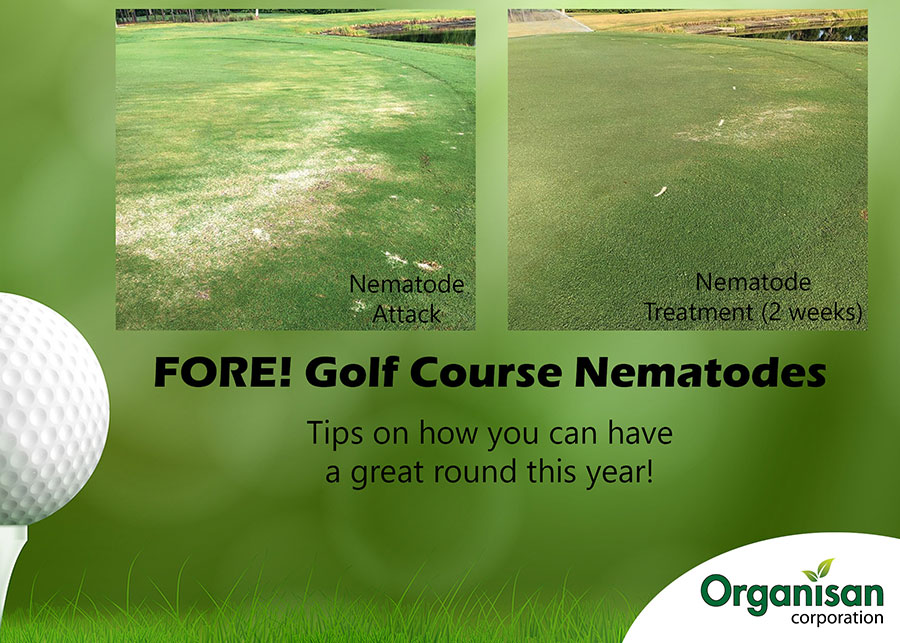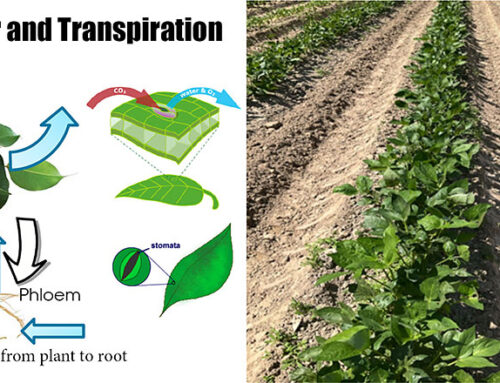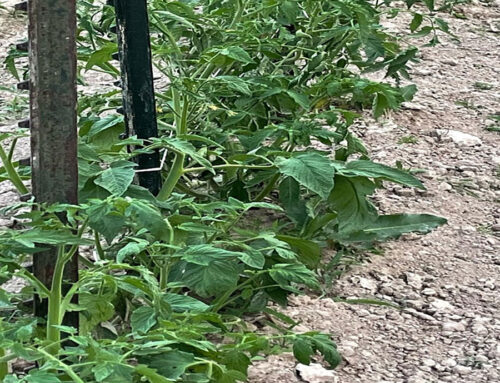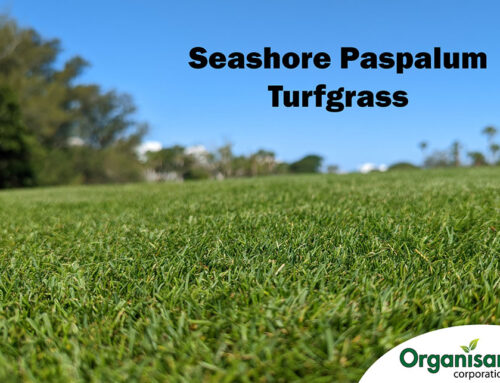Tips on how you can have a great round this year!
By: John Hendrix
I can’t tell you how many panic calls we get each year from turf managers that suddenly see spots on their freshly manicured and extremely cultivated golf courses. Nematodes are vicious and they love the sandy environments that golf courses present. These underground pests are not new to the agricultural world, but it seems like every year, particularly in the spring and in the fall, these pesky root trolls get active and can destroy even the best golf courses and ball fields.
To better understand nematodes, we like to encourage customers to take a visit underground because that’s where the surprises start. The easiest way to know if you are being attacked is to have your soil tested, because you if are seeing signs from the surface…it’s too late! The attack has been going on secretly underground for some time, and you can bet you have a major problem, if you see the first signs above ground. We suggest taking soil samples of your turf at various times. This is a simple and cost-effective way to get key information on your underground health. An important note is, take samples from various points on your course, not just one, to give you a wholistic idea of where your pressure spots are at. A lot of turf managers wait until the spots can be seen with the naked eye before they think of nematodes. But, let me tell you, at that point, if you can see nematode evidence with the naked eye, you have just allowed your problem to be 100x’s worse!
Overall, we know that all plants require a clean root system to thrive. If anything gets in the way of the root absorbing the water and nutrients being applied, your plants will suffer. If nematodes are even minimally present, your plants are not receiving their maximum nutrition. This interference will impact overall growth and productivity. When a plant is being attacked by nematodes, it is spending its valuable energy regrowing its root system and not dealing with the other stresses in the environment.
This is not a new problem, but every year we receive panic calls when spots begin to show above ground. There are two main nematodes we are getting calls on this year, root knot and lance. Both are endoparasitic nematodes, meaning they both live inside the root mass. To help you prepare, we’d like to review some of the basic educational information about nematodes. Hopefully, you’ll test often, get on a treatment program, and help your courses stay healthy and nematode free.
The basics – what is a nematode?
A nematode is a form of roundworm. The category of roundworms is incredibly wide, covering at least 25,000 different species. Some of these species are beneficial to us, some are harmful. There are two basic forms of nematodes, predatory (good) and/or parasitic (bad). That’s right, there are good and bad nematodes, and you need to know the difference in order to understand what’s happening in your underground world.
Predatory nematodes are commonly known as the good worms. It’s like the king snakes of the snake world. While they look harmful, they are great to have around because they help protect your borders from other pests. In the nematode world, predatory nematodes can be beneficial because they can keep our crops pest-free from various insects like cutworms and squish vine borers.
Parasitic nematodes, on the other hand, are the ones that we need to watch out for and those are the ones that will cost you thousands of dollars in damage. Parasitic nematodes are the ones that will destroy a course and often they are the hardest to notice until the symptoms appear on the surface. Because their action happens underground for such a long period, we often don’t know what is happening until the damage can be seen in the blades of the grass. Often the subsurface signs are bald spots, stunting of turf growth, yellowing patches, or small immature pockets. You really must admire the audacity and speed in which parasitic nematodes attack living plant matter and compromise it. The greater problem is that many plants have an internal instinct to combat these attacks. Immediately they refocus all their resources to the attack vs. focusing on good growth. This can happen for long periods of time before turf managers realize what’s happening. It’s extremely important to know what’s going on underground always!
One of the most common parasitic nematodes that we hear about is root knot nematodes. If you notice yellow leaves, stunted growth or your grass blades look weak, you may have a root knot issue. Once these nematodes invade your root structure, they break down the barrier of the roots and not only is this a problem, but it opens the door for other diseases to just walk right in.
“Root-knot nematode symptoms on plant roots are dramatic. As a result of nematode feeding, large galls or “knots” can form throughout the root system of infected plants. Severe infections result in reduced yields on numerous crops and can also affect consumer acceptance of many plants, including vegetables (Figures 1, 2). The degree of root galling generally depends on three factors: nematode population density, Meloidogyne species and “race,” and host plant species and even cultivar. As the density of nematodes increases in a particular field, the number of galls per plant also will increase. Large numbers of nematodes penetrating roots in close proximity also will result in larger galls.”
https://www.apsnet.org/edcenter/disandpath/nematode/pdlessons/Pages/RootknotNematode.aspx
The other common call we’ve received this year is lance nematodes. “Among nematodes, which are often too small to be accurately detected by sight, the lance nematode Hoplolaimus galeatus (Cobb, 1913) Thorne, 1935, is one of the larger species. As adults they measure about 1.5 mm in length. Although other species of lance nematodes can be very damaging to agronomic crops, H. galeatus is known primarily as a pest of turf grasses. In Florida, lance nematodes are right behind sting nematodes as the worst nematode pests of turf grass. They are very common in-home lawns and are the major nematode pest of St. Augustine grass in the Southeast. Lance nematodes are also an important pest on golf courses and are the most common nematodes causing damage on Bermuda grass putting greens in Florida. While it takes fewer sting nematodes to cause damage to turf grasses, lance nematodes have a much larger distribution and are much more difficult to control.”
https://entnemdept.ufl.edu/creatures/nematode/lance_nematode.htm
Recently, I read an interesting article on the nematode life cycle. This is important to understand because it’s important to know how to treat in each cycle. There is an embryonic stage, several intermediary stages, and an adult form.
In the adult stage, the nematode will lay eggs in the root system. Up to a thousand eggs can be laid by one adult. This is one of the main reasons it spreads so quickly and so strongly. In each stage, the root knot nematodes become a danger to the plants. As it starts eating its way out of the egg, it already begins to start the damage within the root structure.
Location of Nematodes
Nematodes can be found in the soil and attacking root systems. It is estimated that more than 90 different species are in existence and have been found in everything from food crops to trees to ornamental plants to almost every kind of golf course turf grass.
And that leads us to what can be done to the million-dollar problem (literally…we are talking millions of dollars are lost each year to these little devils). Our answer…Be Proactive!
It’s no secret that nematodes love golf course environments. There are numerous preventative treatments on the market, including our EPA registered Nemasan. To protect your soil and give your turf grass the maximum space and nutrients it needs to thrive, you must protect against nematodes. In today’s world, the minimum amount of investment in a good nematicide doesn’t begin to equal the economic risk.
Unlike most nematicides, Nemasan can be applied at any time during the growing cycle and with minimal PPE requirements. Learn more by visiting our website and clicking on Products, and then Nemasan. Take care of your courses – they will thank you with great health and wealth!








